What's New, What's Next From Nvidia
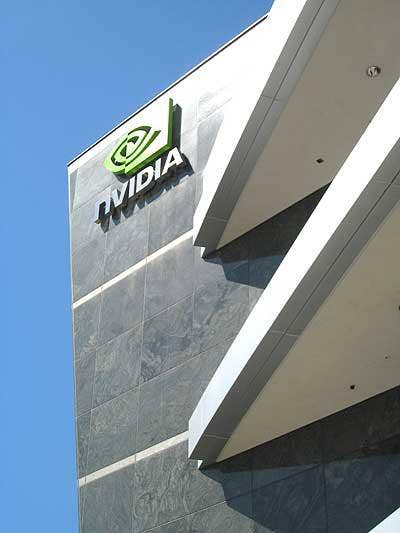
ChannelWeb's tour of Nvidia's Santa Clara, Calif. campus begins at the front door. As beautiful as the weather is outside, we can't wait to get into the Demo Room, where Nvidia promises to show us its latest graphics products and developer platforms.

Drew Henry is GM of Nvidia's MCP Group. Henry promises a look at all the latest beta gadgetry from the graphics chip maker, as well as a possible surprise guest later in the day.

First up, Nvidia's APX 2500 ultra-low power applications processing platform for handsets and smart phones. The APX 2500 delivers 720p HD video on a mobile device, as well as enabling Web browsing and photography with a built-in image stabilization algorithm.
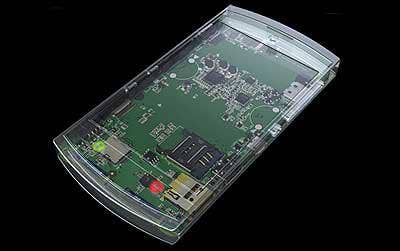
A look at the barebones APX 2500, which Nvidia calls 'the key to building the next generation smartphone for Microsoft Windows Mobile devices.' Built on an ARM11 MPCore with 16/32-bit LP-DDR and featuring NOR and NAND Flash support, the platform's audio/video and graphics juice comes from an HD Audio Video chip featuring 720p H.264, MPEG-4 and VC-1/WMV9 Decode, 720p H.264 and MPEG-4 Encode, and an ultra-low power GeForce processor with OpenGL ES 2.0, D3D Mobile, programmable pixel shader, programmable vertex and lighting, CSAA support and advanced 2D graphics.

Nvidia touts business uses for the APX 2500, such as tying it in with an SXGA projector for presentations. But in the Demo Room, all anybody really cares about is that, yes, it can play Quake.

With a display subsystem that features support for true dual display, 720p (1280x720) HDMI 1.2 support, SXGA (1280x1024) LCD and CRT, and composite and S-Video TV output, APX 2500 devices are capable of rendering dynamic, eye-pleasing file display and search applications in the blink of an eye.
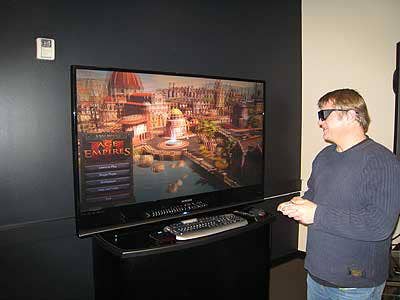
Next up, 3D gaming as ChannelWeb Associate Editor Damon Poeter plays Caesar in Age of Empires III. The picture looks blurry unless you're wearing special 3D glasses that register red and green light in tune with the game's 3D offset to create an eye-popping gaming experience.

The special guest arrives. Nvidia president and CEO Jen-Hsun Huang pops into the Demo Room to say hello. 'What other company has a CEO who comes to work in jeans and a T-shirt?' he jokes. To the right of Huang and Poeter, an external graphics station powers the creation of a computer-generated human face.
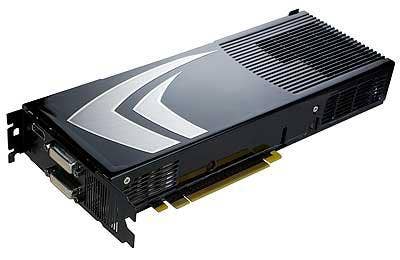
And now for the hardware. Available since mid-March, the GeForce 9800 GX2 is designed for running today's graphically-intensive games, 3D applications, and Blu-Ray/HD-DVD movies at extreme high-definition resolutions. Nvidia calls it 'the fastest single consumer graphics solution on the planet' and it comes at a steep price -- about $600 retail.
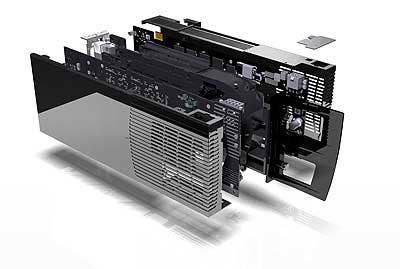
Let's pop open the GeForce 9800 GX2 and take a look inside. Specs include dual PCBs and dual GPU design, 197W power consumption, two 65nm process GPUs with 256 total Stream Processors (128 per PCB), Quad SLI support and 1GB (512MB per PCB) memory framebuffer.
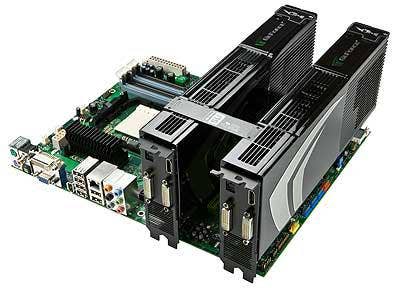
Quad SLI for Windows Vista is enabled by running two GeForce 9800 GX2 GPUs in tandem for even more graphics horsepower and performance. Nvidia Quad SLI technology offers top-notch performance scaling by implementing 4-way Alternate Frame Rendering (AFR) under Windows Vista with the graphics chip maker's device drivers.
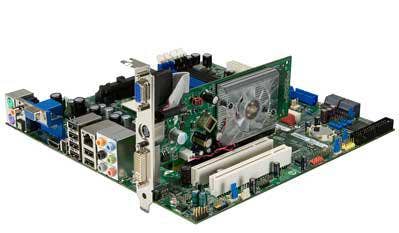
Nvidia's Hybrid SLI graphics, like rival AMD-ATI's PowerXpress technology, combines discrete and integrated graphics. This notebook setup featuring the GeForce 9800 GX2 GPU and nForce 780a platform lets the IGP carry the entire load when the computer is unplugged, to reduce overall graphics power consumption, but fires up the GPU with assistance from the integrated graphics when the power supply is available. Still very new to the market, both Nvidia's and Advanced Micro Devices' hybrid graphics solutions will depend greatly on driver development.
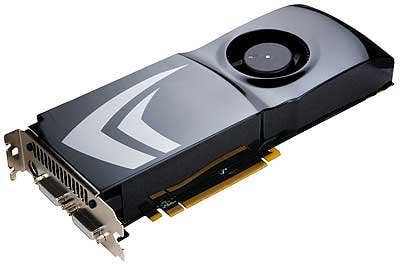
Nvidia launched the GeForce 9800 GTX on April 1 as more affordable consumer graphics alternative to the 9800 GX2. Retailing in the $299-$349 price range, the 9800 GTX supports both 2-Way and 3-Way SLI technology, delivering a flexible and scalable multi-GPU solution.
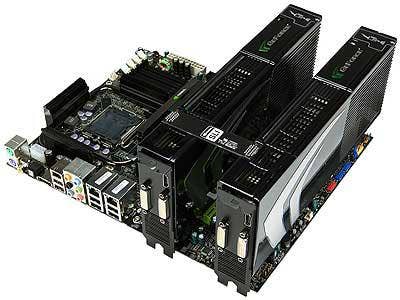
The NVIDIA nForce 790i Ultra SLI MCP is an ultra-overclockable platform for Intel processors, including the next-generation Yorkfield 1600MHz frontside bus (FSB) chips. Here shown with the GeForce 9800 GX2, the 790i supports DDR3 memory, PCIe Gen 2.0 and runs 2-Way, 3-Way and Quad SLI graphics solutions. And it's all yours for $300.
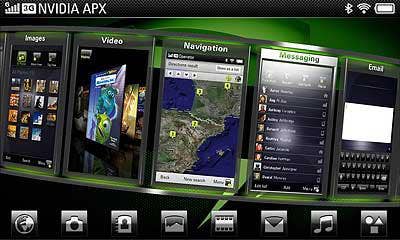
What does all this graphics horsepower get you? Whether on an APX 2500 device as shown here or on the biggest stand-alone displays available, balancing CPU and GPU capabilities in consumer and commercial PCs, Nvidia contends, is the key to developing the dynamic, media-rich interfaces that are driving today's computer purchasing decisions.